Exhibition Route of Museo di Palazzo Chiericati
The permanent exhibition includes works from the Middle Ages to the 19th century.
Ground Floor
The permanent exhibition route opens with the large hall featuring seven city lunettes by Bassano, Maffei, and Carpioni, recounting the city's golden age between the 16th and 17th centuries, under the rule of the Venetian Republic.
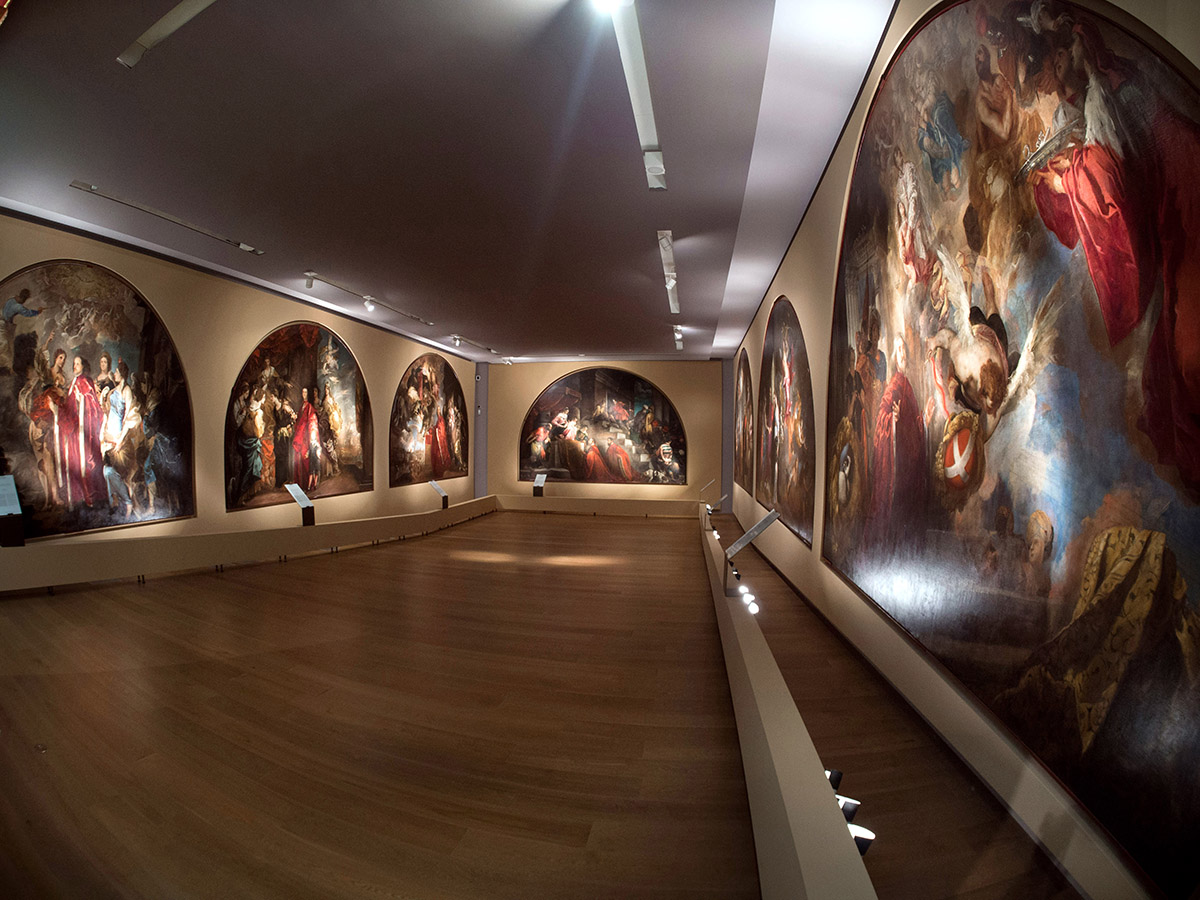
First Floor
The exhibition begins with the medieval section, featuring masterpieces by Paolo Veneziano, Battista da Vicenza, and Hans Memling. This is followed by rooms dedicated to Bartolomeo Montagna and his school, culminating in the grandiose room with the decoration of the destroyed church of San Bartolomeo, with important altarpieces, including those by Montagna, Cima da Conegliano, and Giovanni Bonconsiglio.
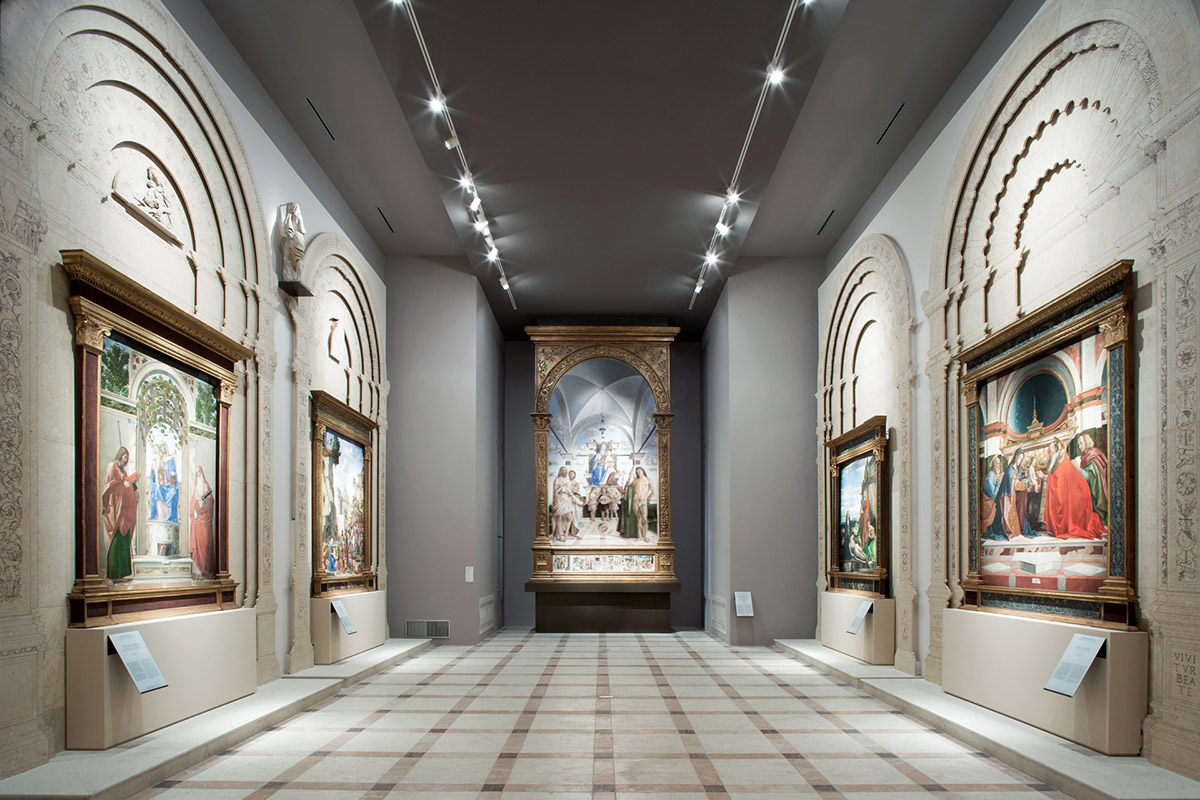
Second Floor
These rooms house works by the great masters of 16th-century Venetian painting: Bassano, Tintoretto, and Veronese, as well as sculptures by Sansovino, Vittoria, and rock crystals by Valerio Belli.
The Great Hall, which evokes the atmosphere of an ideal 16th- and 17th-century art gallery, houses masterpieces by Luca Giordano, Bellucci, and Lazzarini.
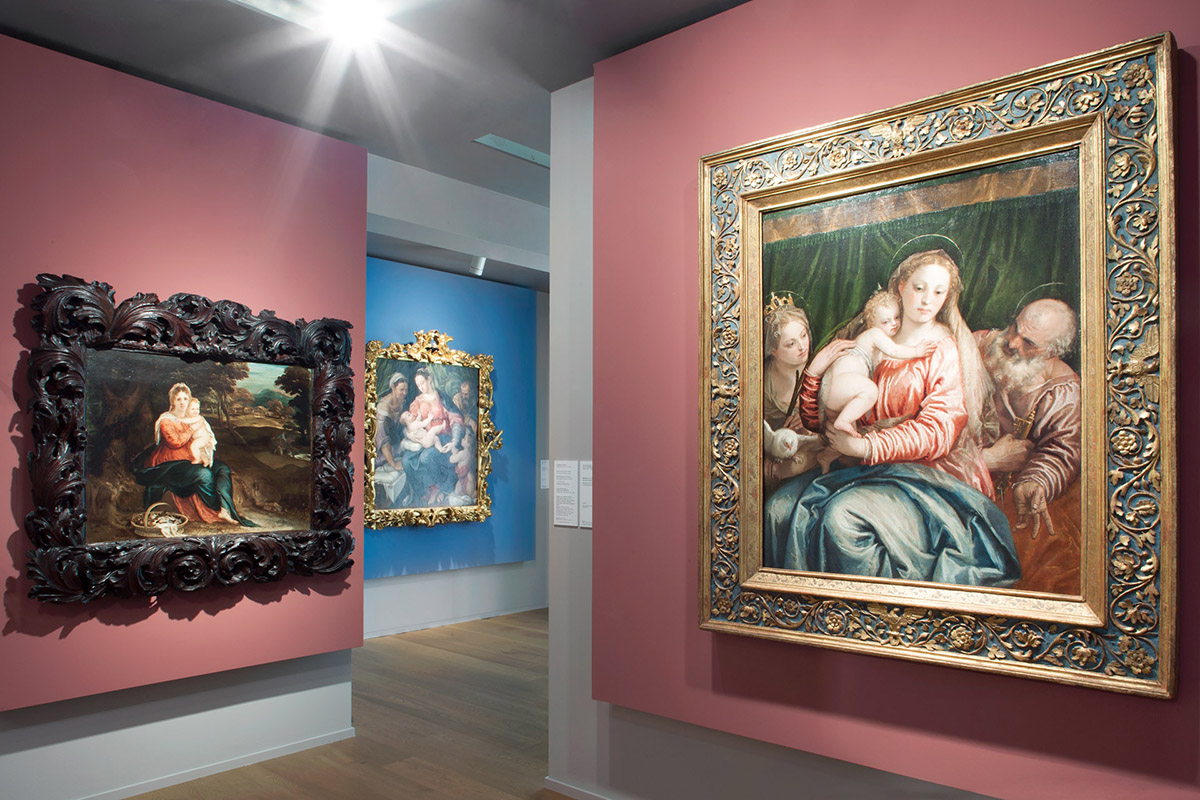
The new rooms in the Ala Roi offer a fascinating journey through the historical development of Vicenza's art from the 17th to the 19th century. Masterpieces from Vicenza collections, from Van Dyck to Saraceni, are displayed alongside works by Maffei and Carpioni, champions of Baroque painting in Vicenza. The 18th century opens with the confrontation between the Venetian giants Giambattista Piazzetta and Giambattista Tiepolo, and continues with Giandomenico Tiepolo and Pittoni. The Galleria dei Paesaggi e dei Capricci, evoking the atmosphere of a noble residence, houses paintings by Marco and Sebastiano Ricci, while Cristoforo dall'Acqua's views portray the city of that time. The 19th century, a true innovation in the new setting-up, presents the cult of Risorgimento civic spirit through its most illustrious artists, from Busato to Roi.
Sculpture is also represented, with terracottas by Orazio Marinali, paintings on copper and ivory, glass art, silk art by Manifattura Marasca, and clothing from the De Marchi Muzani bequest.
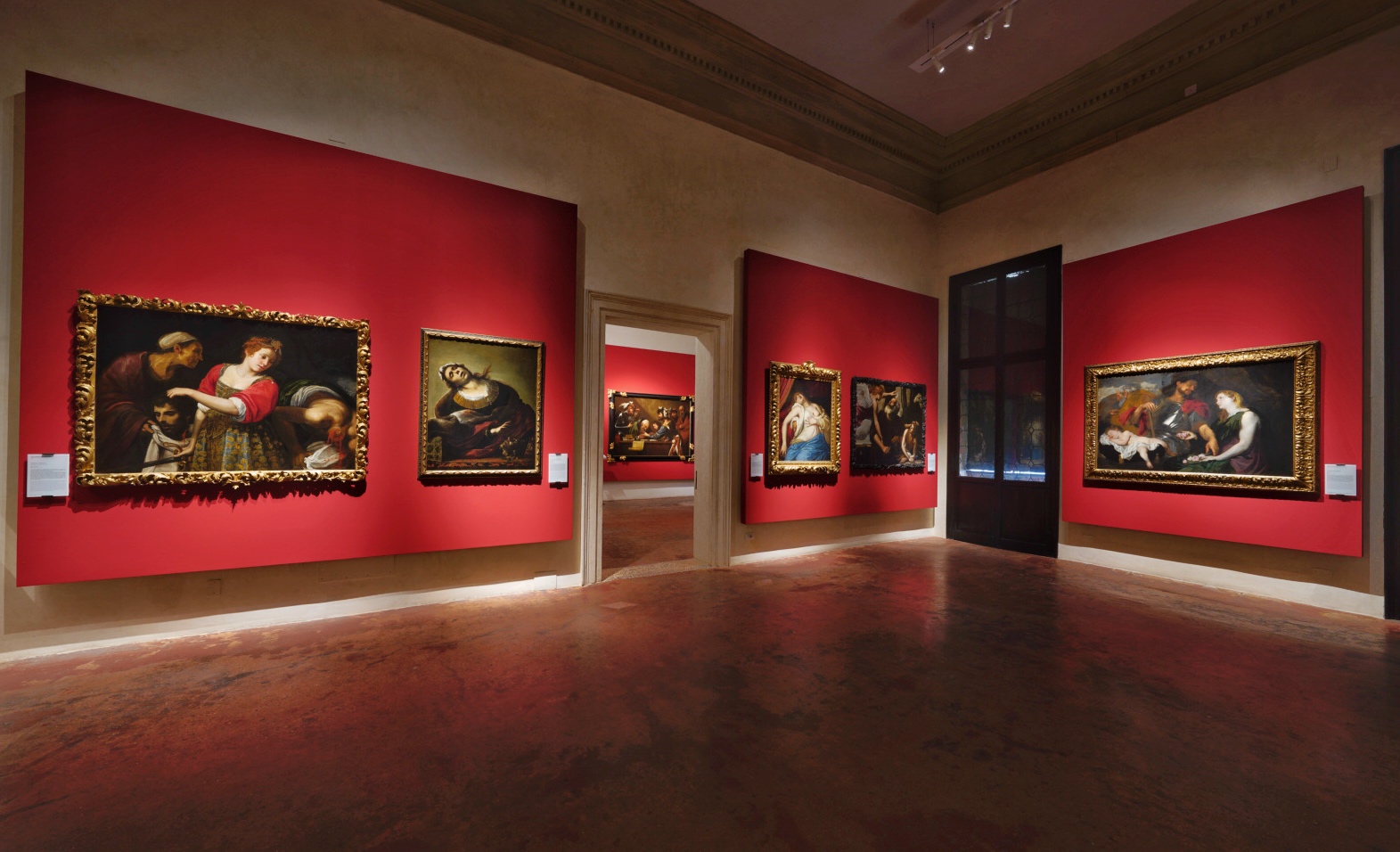
Attic
The three attic rooms of the north wing house the bequest of Marquis Giuseppe Roi, consisting of his personal collection of paintings, drawings, and engravings from the 15th to the 20th century, set in a charming house-museum setting.
The corresponding rooms of the south wing house the painting and graphic art storage rooms, which can be visited upon request.

Basement
The basement, reopened in October 2012 thanks to careful restoration, has uncovered the foundations of the ancient “Chiericati houses” dating back to the 14th and 15th centuries, as well as the rooms once used by servants, such as the kitchens and cellars, where the fireplace, well, and evocative barrel staircase can still be seen today. Also in the basement is the Roggia del Collo, a secondary branch of the Bacchiglione River covered with a barrel vault dating back to the 13th century, which bordered the western edge of the so-called Isola area, where Palazzo Chiericati stands.
The space hosts temporary exhibitions.
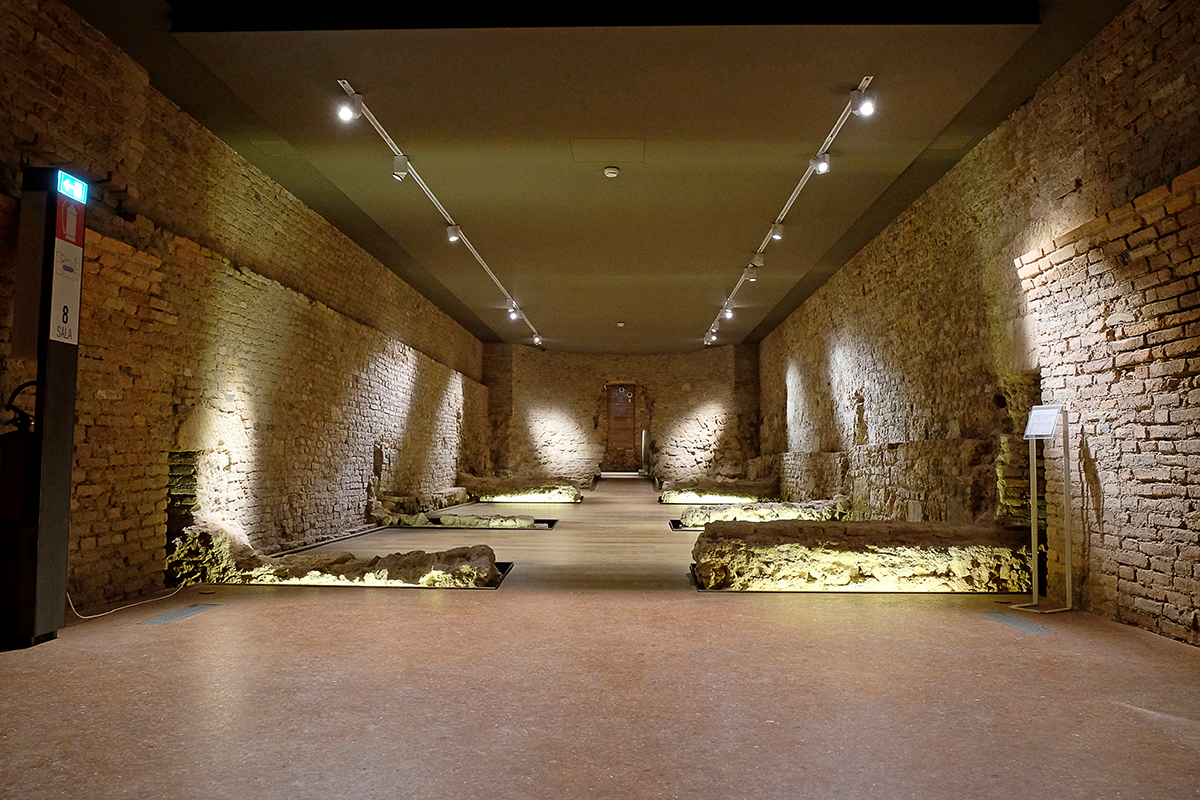
Palazzo Chiericati flyer: ITA ENG FR ES DE
New Ala Roi flyer
Works not yet on display
The current exhibition setting displays the civic collections dating from 1200 to well into the 19th century.
The 20th-century artworks, including the two important Pozza-Quaretti and Ghiotto bequests, are still in storage and will be displayed in the permanent collection in the future.
Works currently on loan
Carlo Saraceni (Venezia 1579 - Venezia 1620) Santa Maria Maddalena leggente, dal 5 aprile al 13 luglio esposta al Museo di Santa Caterina (Treviso) per la mostra "Maddalena e la croce. Amore sublime"
Paolo Caliari, detto Veronese (Verona 1528 - Venezia 1588) Madonna con il Bambino, una santa martire e Pietro, dal 27 maggio al 21 settembre esposta al Museo Nacional del Prado a Madrid per la mostra "Paolo Veronese (1528-1588)"

